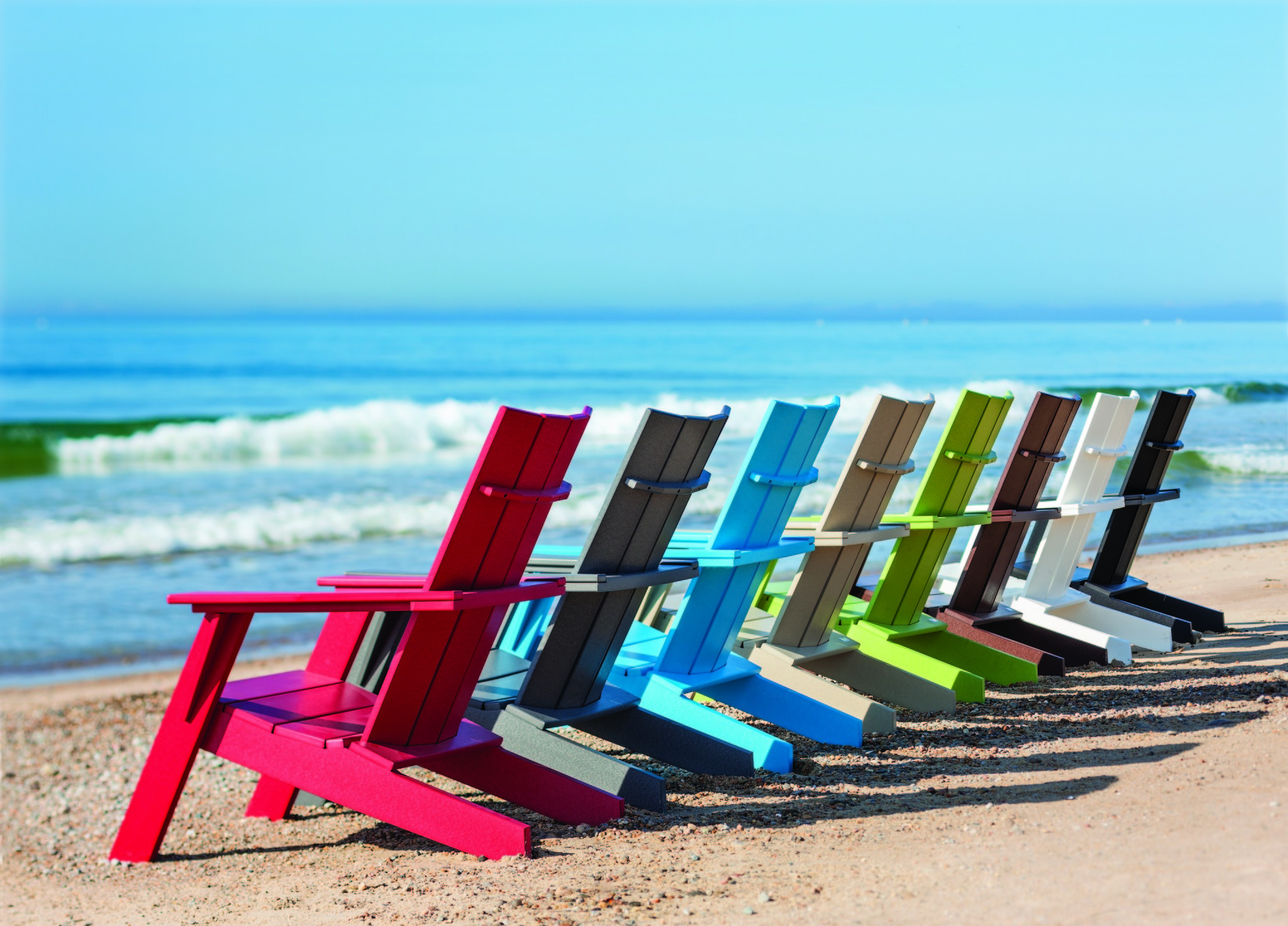In the context of outdoor activities, Umbrosa umbrellas serve as a valuable tool for various pursuits, from beach outings to camping trips. Their lightweight nature makes them easy to transport, while their robust construction provides confidence in their ability to shield against unexpected weather changes. Whether used for shade during a sunny day or protection against rain, these umbrellas enhance the overall experience of outdoor adventures.
The completed canopy attaches to the umbrella frame using systems designed to distribute tension evenly across the fabric. This attachment often aluminum-market-umbrellas includes reinforced points at corners and edges where stress concentrates during use and wind exposure. The integration of the Sunbrella canopy with the frame structure significantly affects both performance and longevity.

Choosing the ideal teak wood umbrella involves considering fiberlite-lb120-umbrella-base several key factors that affect both performance and value. This guidance helps consumers match their specific needs with the right product features.
Material selection affects overall environmental impact. Aluminum frames, common in commercial umbrellas, require significant energy for initial production but are highly recyclable at end-of-life. Fabric choices range from traditional acrylics to newer eco-friendly options made with recycled content or produced through lower-impact manufacturing processes. Progressive suppliers now offer biodegradable or recyclable canopy options that reduce end-of-life environmental impact.
Once harvested, the oak undergoes a sunny-baker-cantilever-umbrella-by-fiberlite careful drying woodline-shade-systems-storm process that can take months or even years for thicker pieces. This fiberlite-flmt-umbrella-base crucial step prevents later warping or cracking by bringing the wood's moisture content to an appropriate level, typically around 8-10% for outdoor applications. Properly dried oak remains relatively stable even when exposed to changing humidity levels.
The market for fiberglass umbrellas continues to grow as consumers recognize their advantages. Current trends show increasing innovation in both materials and design, with several notable developments shaping the industry.
Budget predictability improves with quality commercial umbrellas. While the initial investment exceeds residential-grade alternatives, the extended lifespan and reduced replacement frequency create more stable long-term budget planning. Many associations find that commercial umbrellas cost 3-5 times more than consumer models but last 5-10 times longer under shared-use conditions, creating favorable lifetime economics.